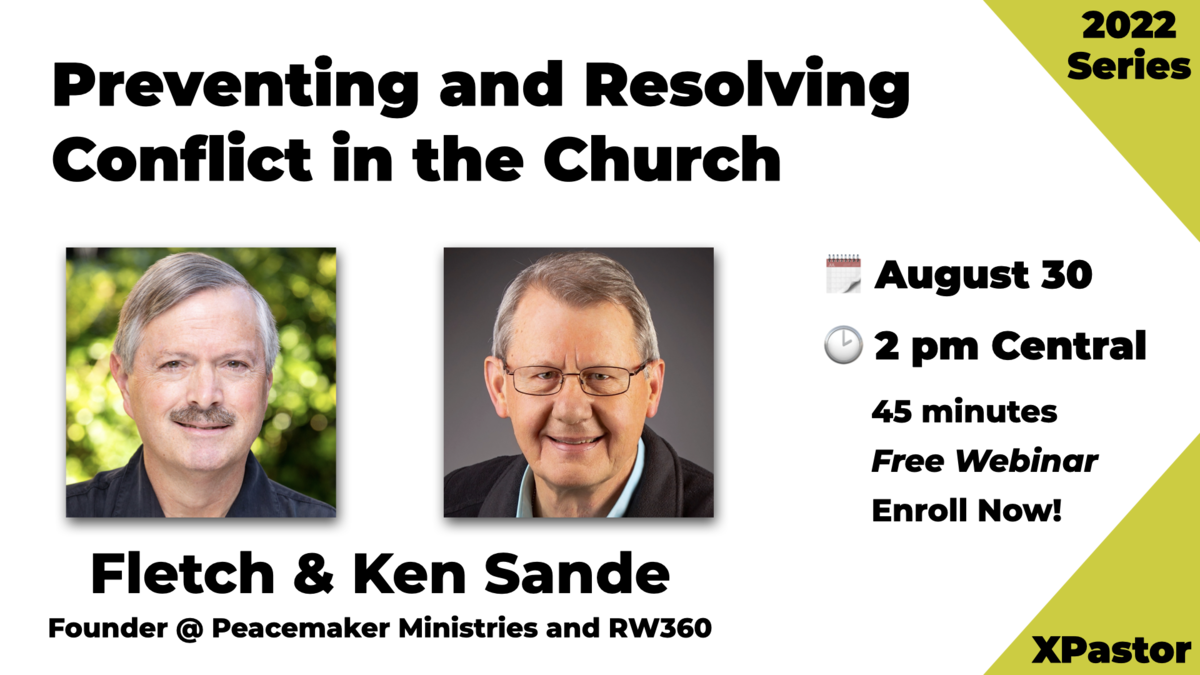Church members frequently understand themselves to be the raison d’êtrefor which their congregations exist: “Our church is here to meet our needs.” But, as they move toward a missional stance, many congregational leaders today seek a shift from providing for members to empowering members. This shift is easy to talk about, but hard to implement.
The feeling that “the church is here to meet our needs” is not just a statement but a deep cultural reflection. Those who long to see their congregations change their behavior must first understand that actions reflect values. When we talk about sustained new behaviors, we are really talking about culture shifts—and that is deep change.
Pragmatically, how does a church whose existence revolves around producing religious goods and services for its members begin to focus its efforts outward? By incorporating three fundamental elements: a strong missional posture, the faithful obedience of individuals, and a constant striving to honor what is in God’s heart. Together, these elements lead to the kind of balanced approach that powers mission.
1. Missional Posture: Have a Backbone, Not Just a Calendar
It is imperative that missional posture be just that: a way we carry ourselves through life. It is about being more than doing. Unfortunately, many leaders attempt to emulate the activities of churches they perceive to be missional, without having the spiritual and strategic “backbone” required for the posture. Simply adding mission involvement to the congregation’s activity schedule is not enough.
Missional posture is not about a congregation’s activity, but rather its essence. Missional churches constantly validate God’s mission as their reason to exist. This is a tremendous spiritual revelation. They are a church because God has a mission! And they faithfully seek to equip and activate members to be God’s missionary people.
Truly missional churches see themselves as a body of missionaries. Their hands are stretched out in compassion to those who have no relationship with Christ—toward those who have not accepted, as well as toward those who have no access to His overture of grace.
As missionaries, these congregations seek more than engagement in God’s mission: they are strategic. They understand the Master’s heart for the nations and can clearly express why they “go to other nations” when there are so many who have never responded right here at home.
It is not about acceptance, but about access to the Gospel. Everyone should have the opportunity to follow Christ.
2. Obedience of Individuals: Mission Does Not Require “Super-Sized” Churches
For just a few cents more, just about everything in our culture can be “super-sized.” Mega-churches certainly grab media attention; but we must resist making the false assumption that only larger churches can be missional. Size is not the issue. Obedience is.
I can recall my jealous thought years ago: “If our church had the resources of the mega-church, we could do so much more for God.” Worse, I actually believed that we would be more effective than the large congregations whose resources I coveted!
Then a godly mentor gave me some life-changing advice. He counseled me to learn to value the resources God had already given us, instead of comparing and complaining about what we did not have. Christ called individual disciples to follow Him. He invested in a small group with whom he would initiate a Kingdom movement. His mission is not dependent upon masses, but rather upon faithful obedience of individuals.
Every church can adopt a missional posture, regardless of size. That posture requires us to assess the capacities of each member of our congregation. Today, I truly believe that God has arranged the parts in the body, every one of them, just as He wanted them to be (1 Cor. 12:18). This means that every resource necessary for the accomplishment of His purpose through our congregation is already resident in our members. To live missionally means that we equip every member to steward the skill-sets, gifts, talents, and resources that God has given them. Further, we find the pathways through which those members can invest their capacities in God’s mission.
The first question for congregations should be about spiritual DNA: How has God uniquely created our congregation? To begin by looking at the world’s needs can be overwhelming. But to reflect on how we are “fearfully and wonderfully made” as congregations is cause for celebration. Start there. Celebrate how God has designed your congregation.
With that information, you can begin to seek ways to invest your unique design in God’s mission locally and globally. You may not immediately find yourself building a new hospital in Kenya, but you might find that your congregation contains medical professionals who can participate in a short-term medical mission. You may not have the resources to build a school in the Sahara, but you might have educators who would teach English as a second language among a Muslim people hungry for language skills and relationships. Or, you may find senior adults who would become surrogate grandparents reading with children in the elementary school in your neighborhood. In this generation, mission is not about geography but about relationships. Size doesn’t matter. Love does.
3. Honor God: You Don’t Have to Throw Away the Buildings
Frequently, I hear sincere Christians express concern about the internal problems resulting from a missional congregation’s external focus. “Someone better care about the facilities … about the walls that need paint, the carpet that needs to be replaced, and the HVAC units that require constant upkeep. If we’re not vigilant, this missional thing is going to result in the loss of what we have as a place from which to minister!”
These are real issues faced by traditional, facility-based congregations that seek to live out missional priorities. Often, these concerns create a widening divide within the body. Some say, “We don’t need to be spending our resources on building upkeep.” Others see care for the properties as a stewardship matter.
Owning buildings or not is a major distinction between tabernacle and temple congregations. Many new missional congregations choose to tabernacle, gathering in rented facilities. Avoiding property ownership means they can remain free from the care of such things as air-conditioning and heating system maintenance.
Does this mean it is impossible for the congregation that owns facilities to be missional? Not at all—no more so than it was impossible for a married individual to effectively serve Christ: “It is good for a man not to marry … I wish that all men were as I am … Nevertheless, each one should retain the place in life that the Lord assigned to him and to which God has called him.” Today perhaps Paul would write, “It is good for a congregation not to own property.” But his ancient principle works. Deal with your conditions in ways that honor God. Stewardship and care extend to every arena of our situation in a missional culture.
If we have facilities, we steward them in ways that further God’s mission in our community. They become safe places dedicated to His transforming work. Nothing is wrong with facilities, just as nothing is wrong with hands. However, if your hand causes you to sin … well, you know the rest of Mark 9:43. Anything can become a problem if allowed to prevent rather than enhance our pursuit of God’s purposes. Whether we are talking about people or facilities, internal care issues must be given attention. There is nothing wrong with that, as long as our priority is that which is on God’s heart.
Focus Outward by also Focusing Inward
So, what is the answer to the question posed at the beginning of this discussion: How does a church whose existence revolves around producing religious goods and services for its members begin to focus its efforts outward? Paradoxically, by also focusing inward.
I once embarked on a research project to prove that congregations that sustained long-term growth were those that invested 75% or more of their resources, time, and energy beyond themselves. To my surprise, the data disproved my hypothesis. Those in my hypothetical group, who invested 75% beyond themselves, saw spiked attendance for a brief period but not sustained long-term growth. At the other end of the spectrum, those congregations investing less than 25% of their resources beyond themselves experienced plateau and often precipitous decline. The churches that sustained long-term growth were those that balanced internal and external focus.
This research speaks to our pursuit of a missional posture. Disciples who are most effective in reaching out to others are those whose needs have been adequately cared for. Self-care is not selfish. Churches that seek to move outward must still care for their members. Equipping and empowering members for God’s mission is an internal focus whose results are seen externally in missional churches.
Every so often I have my tires balanced, in order to keep the old Toyota’s ride smooth. I check their internal pressure, and make sure the treads are not worn. Now we’re ready to hit the road, reaching into the world beyond my driveway! Today’s missional churches are learning the value of balance as well. The missional road is full of potholes, but balance keeps the church running smoothly toward dynamic glocal mission opportunities.











